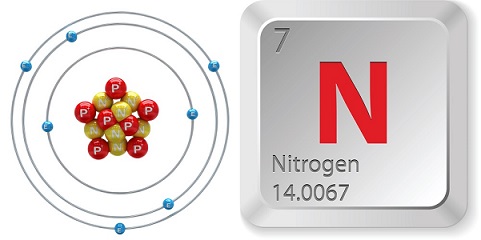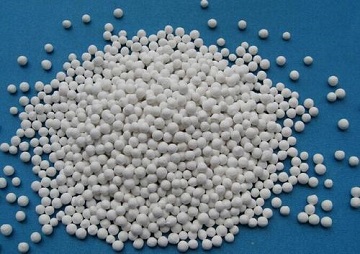Salt marshes' capacity to sink carbon may be threatened by nitrogen pollution
Sep 24,2019
Deep in the waterlogged peat of salt marshes, carbon is stored at much greater rates than in land ecosystems, serving as an offset to climate change due to carbon dioxide (CO2) build-up in the atmosphere.
Salt marshes' capacity to sink carbon may be threatened by nitrogen pollution
However, a new study indicates that a common pollutant of coastal waters, nitrate, stimulates the decomposition of organic matter in salt marsh sediments that normally would have remained stable over long periods of time. This increase in decomposition, which releases CO2, could alter the capacity of salt marshes to sequester carbon over the long term. The study, led by scientists at the Marine Biological Laboratory (MBL), Woods Hole, and Northeastern University, is published in Global Change Biology.

"Traditionally, we have viewed salt marshes as resilient to nitrogen pollution, because the microbes there remove much of the nitrogen as gas through a process called denitrification," writes first author Ashley Bulseco, a postdoctoral scientist at the MBL.
"But this research suggests that when nitrate is abundant, a change occurs in the microbial community in salt marsh sediments that increases the microbes' capacity to degrade organic matter. This potentially reduces the ability of the marsh to store carbon," Bulseco writes.
As global temperatures continue to rise, a number of carbon capture strategies have been proposed, including sequestering CO2 in "blue carbon" habitats such as salt marshes, mangroves and seagrass meadows. However, coastal nitrogen pollution is also still rising in many areas due to agricultural and urban runoff, and sewage.
"Given the extent of nitrogen loading along our coastlines, it is imperative that we better understand the resilience of salt marsh systems to nitrate, especially if we hope to rely on salt marshes and other blue carbon systems for long-term carbon storage," the authors write.
The next phase of this research, already in progress, is to analyze the microbial community responsible for degrading carbon in a salt marsh ecosystems, especially when exposed to high concentrations of nitrate.
- Related articles
- Related Qustion
- What is nitrogen used for? May 24, 2024
Nitrogen is the most common pure element in the earth, frequently a by-product of air-processing for industrial concentration of oxygen for steelmaking and other applications.
- Fun facts about nitrogen Mar 11, 2024
Nitrogen is extremely important to living material. Plants, animals and humans could not live without it. In its liquid form, nitrogen is also colorless and odorless, and looks similar to water. Liquid Nitrogen is non-toxic.
- Does nitrogen have a 2 charge? Feb 19, 2024
The charge of Nitrogen (N2) is 0.
Ascorbyl Glucoside is a water-soluble derivative of Vitamin C. It is much more stable in water but it is less potent than direct L-Ascorbic Acid. Being more compatible with water allows for a very pleasant serum texture. It is considered a....
Sep 24,2019Analytical ChemistryAluminium oxide (IUPAC name) or aluminum oxide (American English) is also known as Alumina. It is a chemical compound of aluminium and oxygen with the chemical formula Al2O3. It is the most commonly occurring of several aluminium oxides, an....
Sep 24,2019Inorganic chemistryNitrogen
7727-37-9You may like
- Fluorine nitrogen gas
-

- $0.00 / 20kg
- 2023-11-07
- CAS:7727-37-9
- Min. Order: 20kg
- Purity: 50%
- Supply Ability: 20mt






